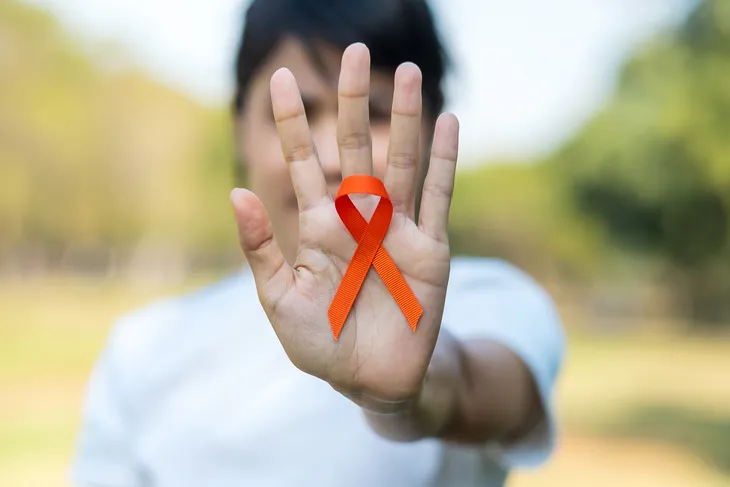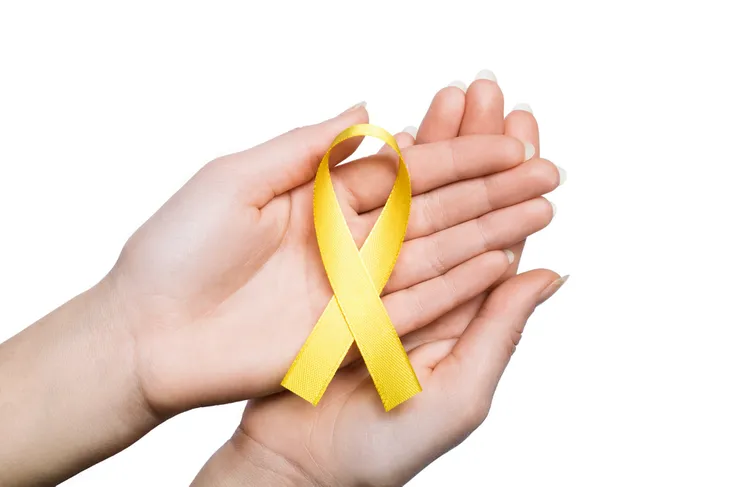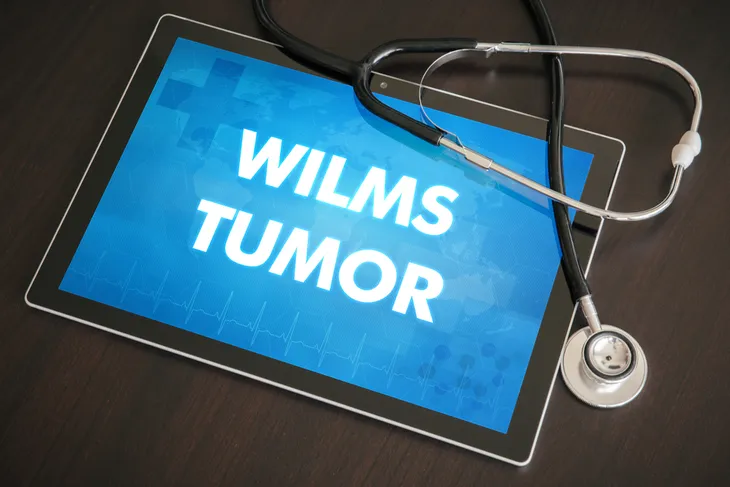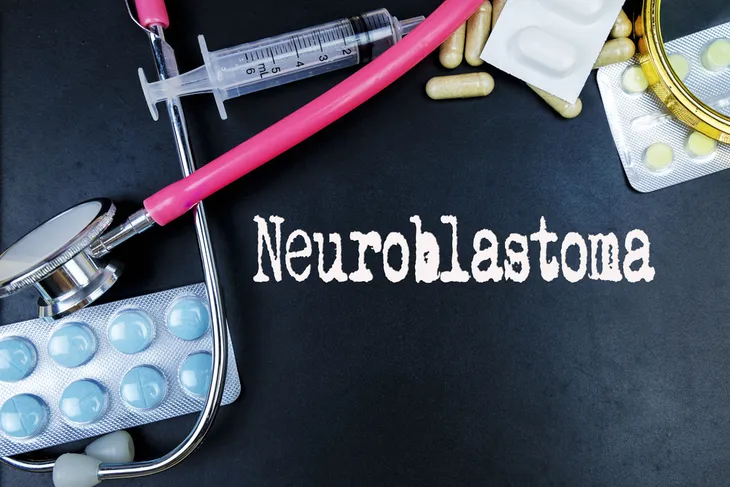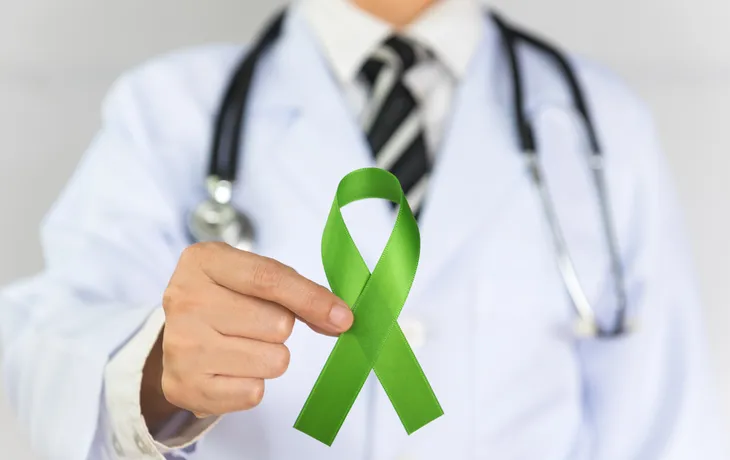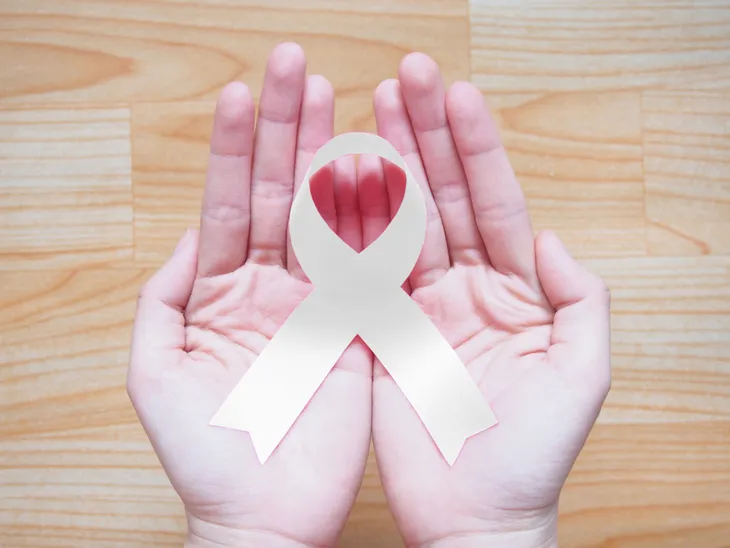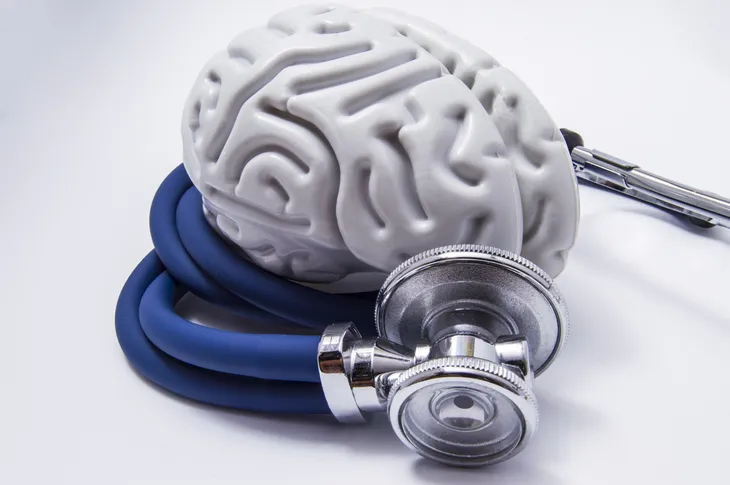Cancer is never a nice subject, but it’s particularly hard to deal with when it affects a child. Unfortunately, cancer does not spare young people. In fact, the National Cancer Institute says that, although cancer is rare in children overall, more than 15,000 people in the U.S. aged 19 and younger are expected to be diagnosed this year.
There are some forms of cancer that seem to favor children (although kids can get adult cancers in rare cases), and they can be very aggressive. Like any cancer, finding it and starting a treatment plan as soon as possible are the keys to recovery. Here are the seven most common cancers in kids…
Leukemia
There a variety of leukemias, and they all affect the blood or bone marrow, making them particularly difficult to contain. The American Cancer Society explains that leukemia accounts for around 30-percent of all childhood cancers.
Although leukemia in itself is fairly common, the most common forms of the blood cancer are acute lymphocytic leukemia and acute myelogenous leukemia, which produce symptoms such as joint pain, weakness, pale skin, and bleeding. These acute cancers can grow quickly, adds the source.
Rhabdomyosarcoma
Cancer.net notes this is a type of soft tissue sarcoma in children that begins in cells that are destined to become muscle tissue, developing in the arms and legs (in about 15-percent of cases) and other body parts with voluntary control.
The source explains that about 40-percent of cases in children are found in the head and neck, and even in the eye sockets. About 30-percent of the time it will occur in the reproductive or urinary organs. Only about 350 children are diagnosed with this form of cancer each year, with more than half of cases diagnosed in children under 10.
Wilms’ Tumor
The Mayo Clinic says this is a rare kidney cancer that mostly affects kids. It’s also called nephroblastoma in the medical community and most commonly is found in children that are only 3 to 4-years old, adds the source.
The clinic said the cancer is often found only in one kidney, although occasionally, it can occur in both. While the outcome has been grim historically, “Advancements in the diagnosis and treatment of Wilms’ tumor have greatly improved the outlook (prognosis) for children with this disease,” notes the site.
Neuroblastoma
The Canadian Cancer Society says this childhood cancer targets immature nerve cells in the sympathetic nervous system, in other words, the part of the nervous system that triggers the “fight or flight” response in humans, preparing a person to take action.
The cells affected by this cancer are called neuroblasts, and sometimes these cells can behave abnormally, leading to non-cancerous tumors, explains the source. However, it can also lead to neuroblastoma, starting most often in the adrenal gland above the kidney in the abdomen. There’s also a rare version of a disease related to neuroblasts called ganglioneuroblastoma “that is somewhere between non-cancerous and cancerous,” says the cancer society.
Lymphoma
This can show up in two forms, Hodgkin and non-Hodgkin, and it’s also a cancer that’s quite common in adults. Sources point out that the non-Hodgkin version tends to strike younger children, while the Hodgkin version targets older children and teenagers.
The American Cancer Society says that non-Hodgkin lymphoma in children can be marked by enlarged lymph nodes, a swollen abdomen, fever, weight loss, fatigue, and a variety of other symptoms. It points out that these same symptoms could point to a number of conditions, and you have them sorted out by a doctor as soon as you can.
Retinoblastoma
This cancer, as the name suggests, starts in the retina (nerve tissue at the back of the eye where light is focused), making sight possible. Cancer.net explains that it usually only occurs in one eye, but in some particularly unlucky cases, it can affect both eyes.
It’s not usually detected at birth, and retinoblastoma can spread to the lymph nodes or the bone marrow. However, most children who are diagnosed before the cancer spreads are cured. Preserving eyesight is a major goal of the treatment, and it can show up as an enlarged pupil, a crossed eye, or different colored irises, explains the source.
Brain and Spinal Cord Tumors
The American Cancer Society says these are among the most common childhood cancers and can take several forms. One category is called glioma, which is actually a group of tumors that start in glial cells that provide support to neurons, and are essential to nervous system function.
Another type is called ependymomas, which the cancer society says is responsible for about 5-percent of brain tumors in children. They start in the ependymal cells of the spinal cord and can grow slowly or aggressively, but they stay contained within the brain and spine, adds the source.

